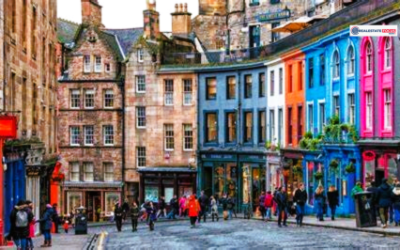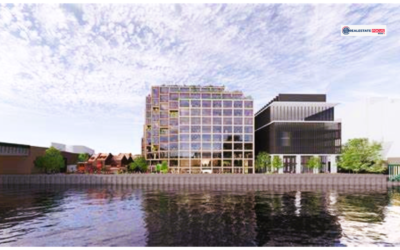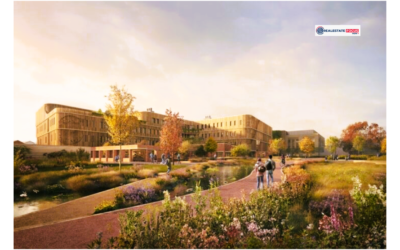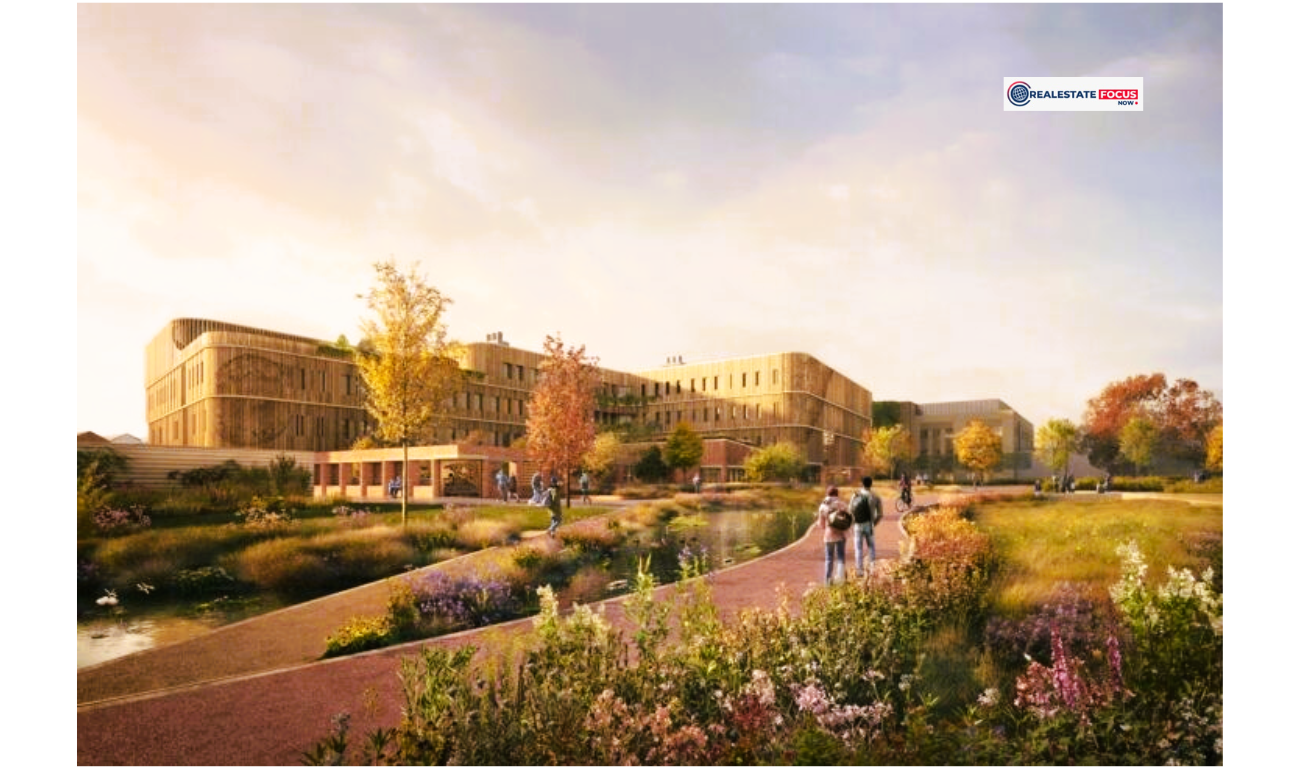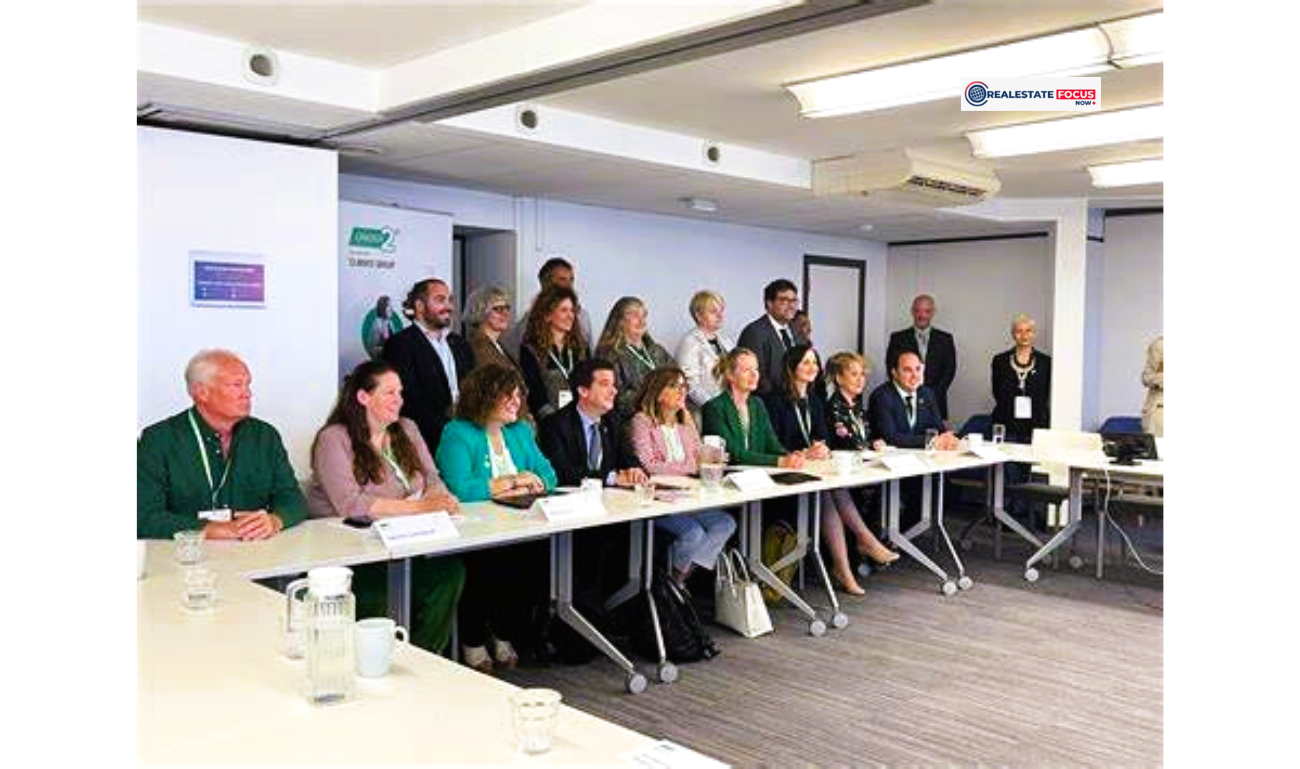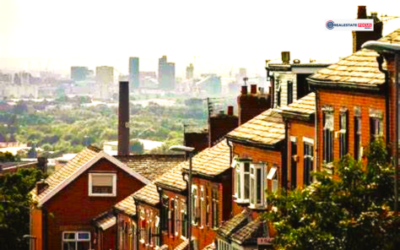

Rewilding the Urban Landscape: How UK Developers Are Boosting Biodiversity
Across the United Kingdom, a quiet transformation is taking place in the heart of our cities. Urban developers are increasingly integrating biodiversity-focused features into their projects responding not only to environmental pressures, but also to evolving regulations and public expectations for greener, healthier spaces.
Green roofs are now a prominent feature in many new developments. These living systems, planted with native vegetation, provide numerous benefits: they absorb rainwater, regulate building temperatures, and most critically, create new habitats for pollinators, birds, and insects. In several urban areas, these roofs have been instrumental in the return of species that had long disappeared from city environments.
Alongside this, urban gardens are becoming integral to both residential and commercial developments. From edible landscaping to community-managed plots, these green spaces are designed to enhance resident wellbeing while supporting biodiversity. They serve as vital stepping stones for wildlife and contribute to a more resilient and attractive urban fabric.
Design considerations now extend well beyond aesthetics. Developers are incorporating wildlife-friendly features such as bird-nesting bricks, bat boxes, insect hotels, and permeable fencing for hedgehog access. In some projects, artificial lighting is being carefully designed to minimize disruption to nocturnal species, ensuring that cities remain vibrant ecosystems day and night.
These practices align closely with the UK’s Biodiversity Net Gain policy, which requires developers to deliver measurable improvements to local biodiversity as part of planning approvals. This has marked a pivotal shift positioning nature not as a constraint, but as a key performance indicator in sustainable urban development.
As this approach gains momentum, it is redefining how we think about city living. The integration of nature into the built environment is no longer a niche trend, it’s a necessary evolution. Through thoughtful planning and innovation, UK cities are on course to become greener, more liveable, and ecologically richer places for generations to come.


